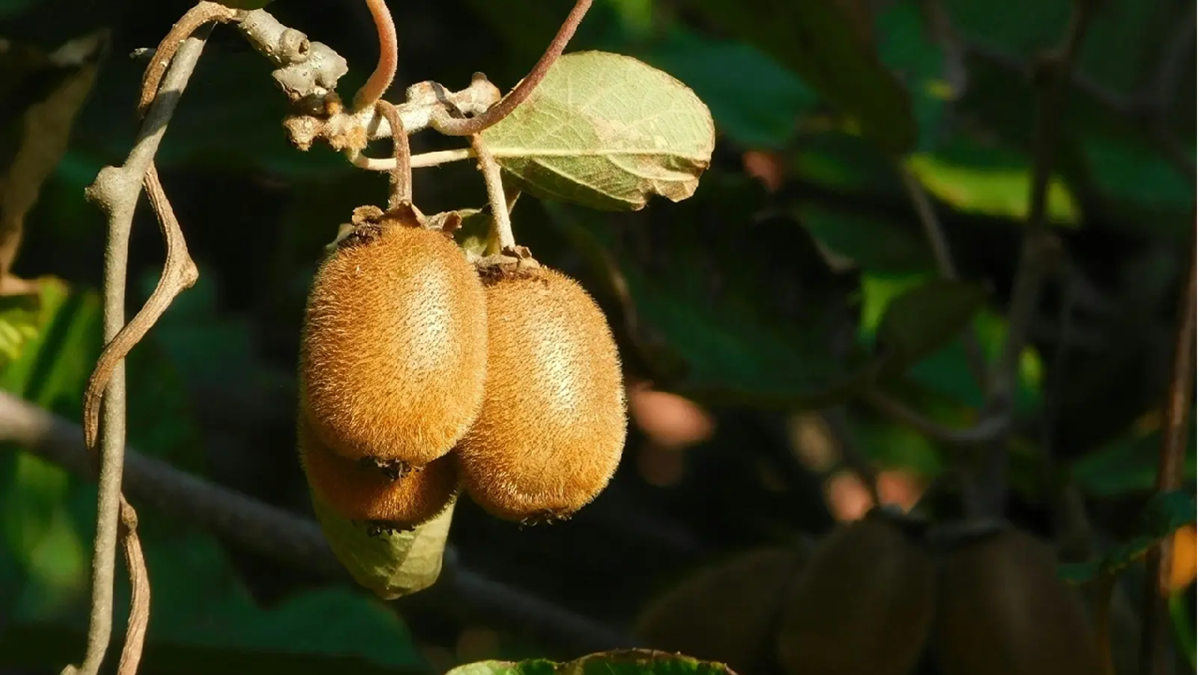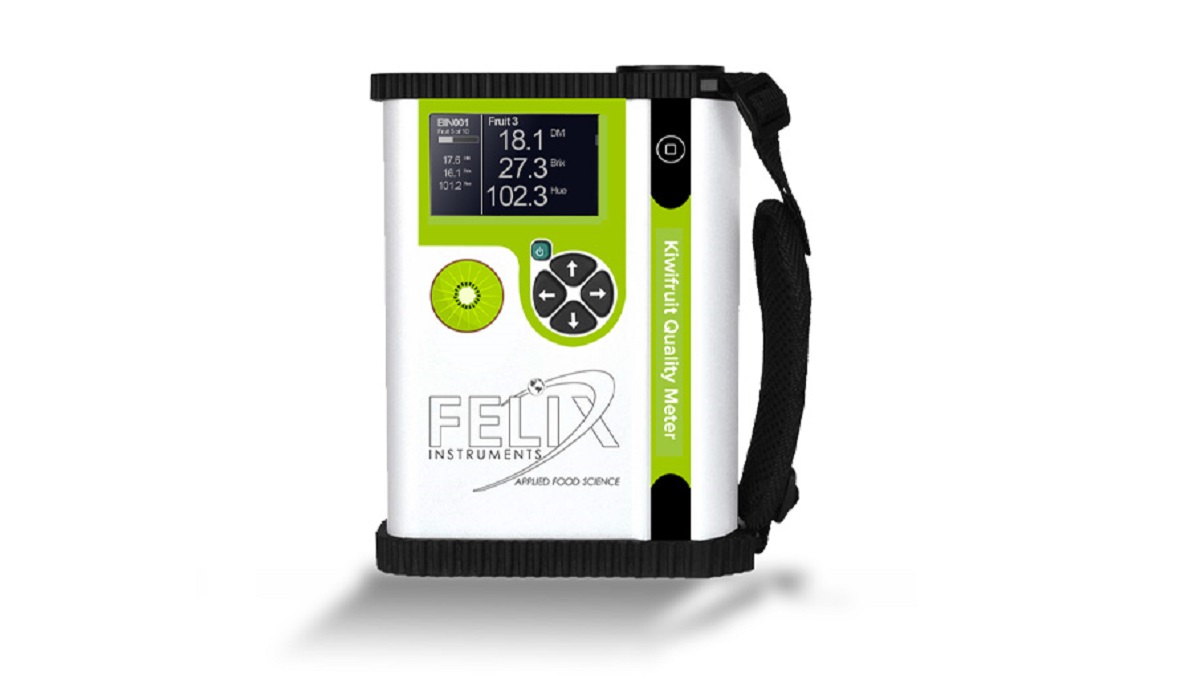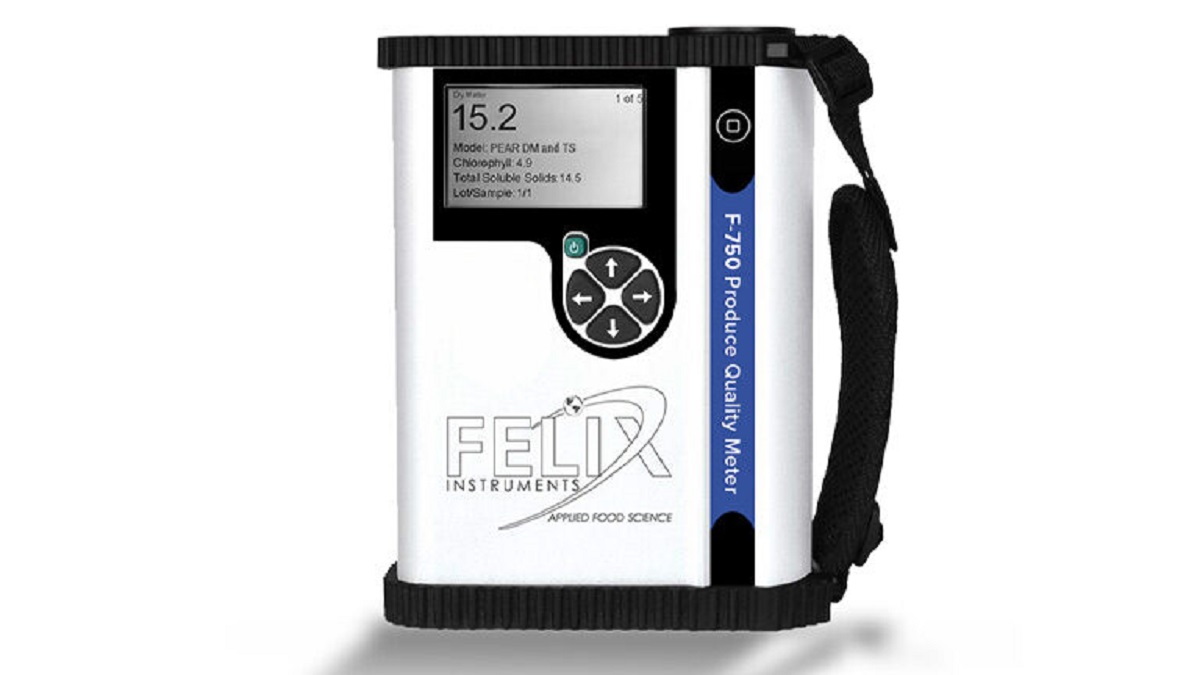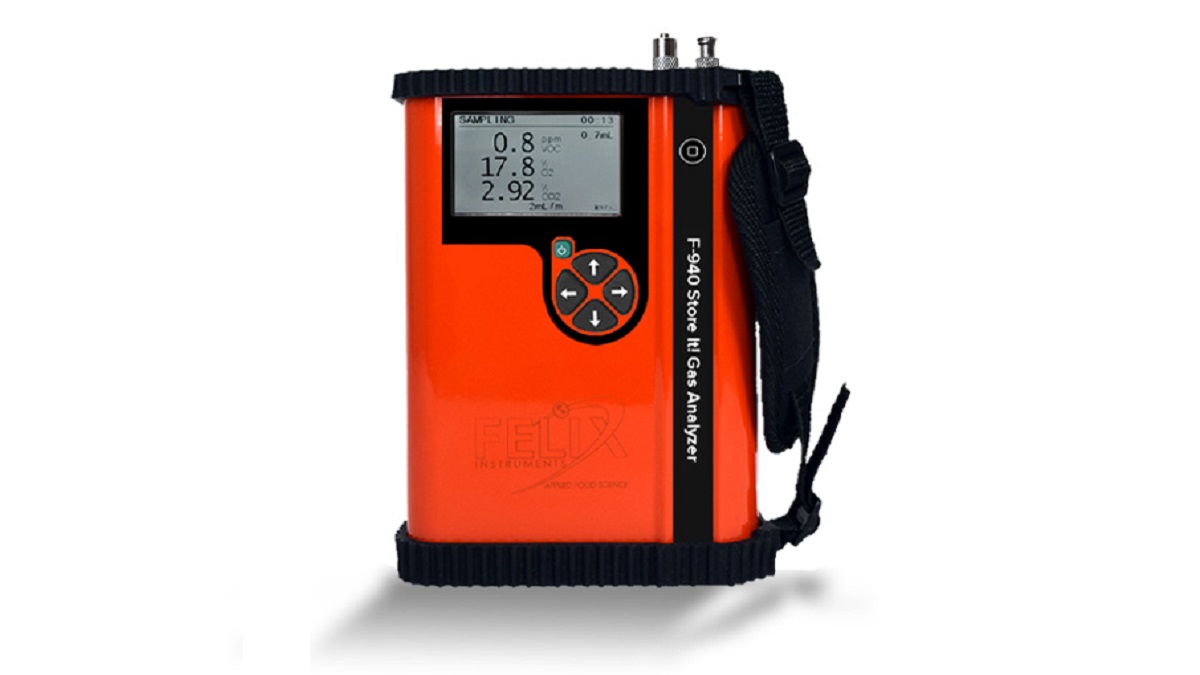

Felix Instruments
Measurements
Fruit Cuticle Impact on Postharvest Quality: What You Need to Know
Cuticle impact on postharvest quality has several protective functions and is a barrier to water loss, mechanical injuries, UV light, and pest and microbial attacks
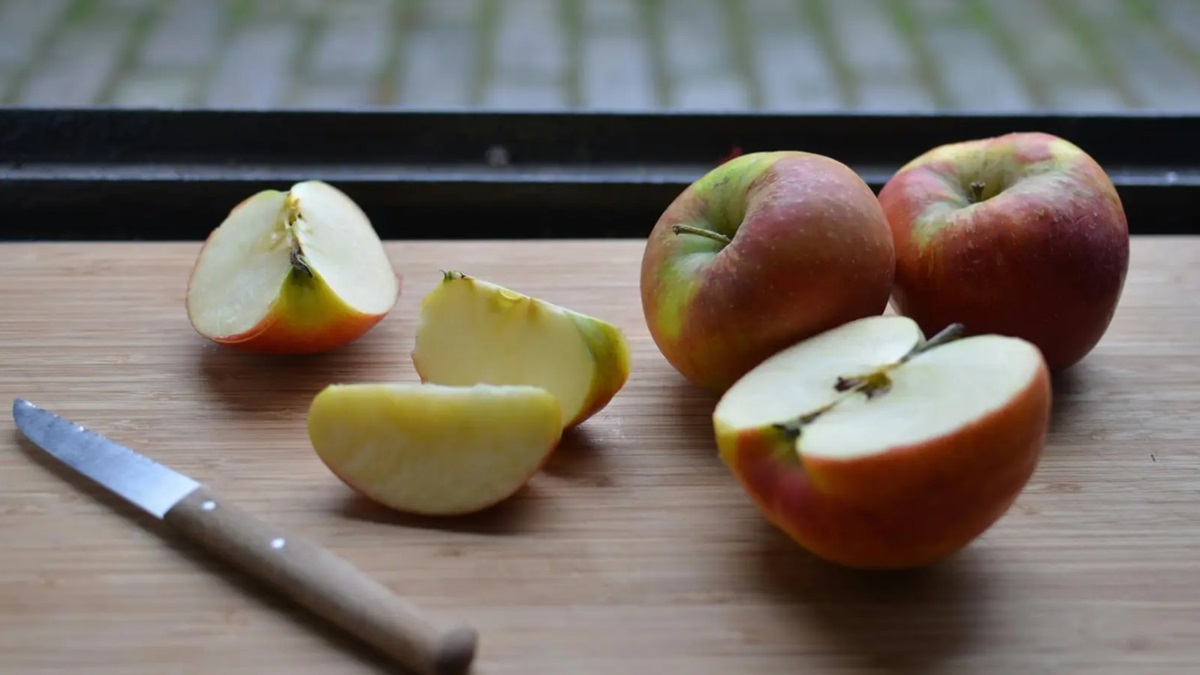
The need to reduce waste in the supply chain is spurring research to understand the intrinsic mechanisms that control the quality of fresh produce, one of the most perishable foods. It can help stakeholders develop better management practices to preserve fresh produce quality and yield. One of the biological mechanisms receiving attention recently is the fruit cuticle. Learn more about the little-known influences of fruit cuticles on cuticle impact on postharvest quality and shelf life.
The Fruit Cuticle’s Role in Postharvest Quality
The cuticle is biosynthesized by the epidermis of non-woody plant aerial parts and fruits and deposited on the outer epidermal cell membrane. The cuticle composition of vegetative parts is well known; however, historically, there has been a lack of information on fruit cuticle composition.
The cuticle is the interface between fruits and the biotic and abiotic conditions around it. Cuticles can affect fruit surfaces’ physical, chemical, and mechanical properties. Moreover, the cuticle can alter a plant organ’s chemical and physical properties and modulate its interaction with the environment to affect fruit development and quality.
Fruit cuticle is important during growth, development, ripening, and postharvest stages. The influence of cuticles on postharvest stages of fruit quality is attracting particular attention from researchers. Genetically controlled ripening involves cell wall degradation and fruit softening. These changes that make fruits edible also increase water loss and reduce shelf life. Cuticle formation differs among species, and some broad commonalities can be identified among non-climacteric and climacteric fruits, as Figure 1 shows. However, the two patterns are not representative due to cuticle composition differences within each ripening group.
Cuticles must maintain their integrity throughout fruit expansion and development; this is possible through mechanisms that control cuticular composition and structure.
 Figure 1. “Changes in cuticle deposition and composition during the development of (A) sweet cherry and (B) tomato as an example of a non-climacteric and a climacteric fruit species, respectively. Fruit development differs noticeably among fruit species; therefore, these patterns should not be taken as representative of each ripening type” Lara et al., 2015
Figure 1. “Changes in cuticle deposition and composition during the development of (A) sweet cherry and (B) tomato as an example of a non-climacteric and a climacteric fruit species, respectively. Fruit development differs noticeably among fruit species; therefore, these patterns should not be taken as representative of each ripening type” Lara et al., 2015
Cuticle Composition and Properties
The cuticle is a lipid matrix, which has more cutin than polysaccharide. Additional components in the cuticle are waxes, phenols, and cutan.
Wax concentration and composition in the cuticle are dependent on the species. For example, waxes form only 5% of tomato cuticles, but it can range from 30-80% in olives. The wax amounts in fruits will differ from those in the cuticles of different vegetative organs of a single plant.
Cuticle composition differs among fruits but is similar in phylogenetically close species. The difference in cuticle composition, structure, and properties influence the quality attributes of each fruit type. See Table 1.
The composition of the cuticle is not static and changes even after harvest, as it is responsive to the external environment. Postharvest treatments will change cuticle integrity and performance. The cuticle properties and changes have economic relevance, as any adverse effects during harvesting and postharvest handling stages like packing, grocery displays, and in consumers’ homes will reduce shelf life. Negative cuticle changes will, therefore, increase food waste.
The three biophysical properties of the cuticle that affect fruit quality are hydric, thermal, and mechanical. The properties are interconnected, and any change in one will affect others. For example, water changes thermal properties, temperature changes water content, and temperature and water modify mechanical properties. A better understanding of these interconnections, which are currently missing, will be necessary to design suitable storage conditions to extend fruit shelf life. Without these studies, generalization of cuticle effects can result in faulty postharvest storage.
Table 1. “Main cuticle properties identifying the main component responsible and their role,” Lara et al. (2019)

Fruit Cuticle Functions
Since the cuticle is made mainly of lipids, it was assumed that its function that determined fruit storage and shelf life potential was protection against water loss. However, recent research shows that the cuticle has several functions. Cuticles protect against biotic and abiotic external factors and increase resistance against rots, disorders, pests, and diseases. They are also crucial for fruit appearance and texture, affecting cuticle impact on postharvest quality.
Reduces Fruit Transpiration And Water Loss
The cuticle regulates the exchange of water, gases (carbon dioxide and oxygen), and other solutes with the external environment.
The cuticle’s hydrophobic nature is the result of lipids and waxes. It acts as a barrier to water loss during fruit transpiration. The cuticle is 1000 times less permeable to water than the cell walls and is the main barrier to water movement. The wax, with alicyclic compounds (triterpenes, sterols, etc.), and not cutin in the cuticle, reduces water permeability.
The hydrophobic epicuticular waxes also cause the so-called “lotus effect, ” allowing the fruit surface to remain dry and clean.
Cuticle’s prevention of water loss results in a cascade of effects that can impact fruit quality.
- Weight loss: Water loss reduces the mass and weight of fruits. Cuticle curtails this mass loss to increase ROI.
- Turgor loss: Cuticles help maintain the turgor of fruits and preserve several sensory quality attributes like texture, juiciness, and appearance that affect consumer acceptance.
Maintains Tissue Integrity
The cuticle is a mechanical barrier to maintain the fruit’s structural integrity. Turgor pressure provides mechanical pressure transmitted to the outer cuticle to withstand external impact. The ability of the cuticle to withstand external stress is crucial, as the cell wall degrades during ripening, and the cuticle bears the brunt of external pressure to maintain fruit integrity.
However, the cuticle can withstand low stresses and regain its original form once the stress is removed. Higher stresses will cause irreversible deformation, such as bruising. Cracking can occur in fleshy fruits when the cuticle cannot handle internal or external pressure above thresholds. Higher temperature (>23-30 ◦C) and relative humidity (>80%) will decrease the cuticle’s ability to handle stress.
Involved in Thermo-regulation
The fruit cuticle also acts as a thermo-regulator as it has high specific heat. It is a buffer against the external environment, which allows plant organs, including fruits, to maintain their internal temperature within a particular range.
The cuticle also exhibits a glass transition inside the physiological temperature range. At lower temperatures, it is rigid and restricts water movement. It becomes more fluid at higher temperatures, and its resistance to deformation and water movement decreases.
Protects Against UV Light
Cuticular phenols and waxes can reflect light and filter UV light to protect fruit tissues from its harmful effects.
Affects Appearance
The wax and cutin in cuticles change the appearance of fruits by making them glossy and bright. Moreover, maintenance of turgor also prevents shriveling.
Modulate Fruit Texture
Cuticles modulate turgor loss and mechanical support, which influences fruit firmness. The interaction between epidermal cell walls and the cuticle, which depends on its composition, changes the cuticle’s mechanical toughness.
Cuticle Resists Rots and Pests
The cuticle protects fruits from pests and pathogens by acting as a barrier to any attack and also triggers defense mechanisms.
Cuticular attributes like thickness, amount, chemical composition, and mechanical property determine the possibility of injury to the fruit skin and infection. For example, cuticle thickness can resist fungal infection in apples, grapes, and cranberries. Wax in the cuticle can improve resistance in some species. For example, cuticle wax in grapes increases resistance to Botrytis cinerea. Cutin and phenols can also influence resistance to infections.
As fruits lose firmness, they become more susceptible to mechanical injury, such as micro-cracks or wounds, which can provide an entry point for pathogens. Natural openings like stomata and lenticels also let in microbes.
Production of new waxes in the cuticle, triggered by ethylene in response to microbe attacks, provides a physical covering that protects fruits from pathogens, as in oranges infected by Penicillium digitatum.
The Cuticle is Economically Relevant
A more detailed and fine-grained understanding of cuticle moderation of quality parameters is necessary because of their economic importance in improving value and extending storage and shelf-life. Understanding the cuticle impact on postharvest quality is crucial for developing better storage and handling practices that can significantly reduce food waste and improve fresh produce’s shelf life and quality.
Postharvest temperature and relative humidity management must incorporate cuticle information since these external factors can influence cuticular properties. Researchers and stakeholders can use Felix Instrument Applied Food Science’s F-901 AccuRipe & AccuStore to monitor and control temperature and relative humidity. The tool can also monitor gases like carbon dioxide, ethylene, and oxygen.


